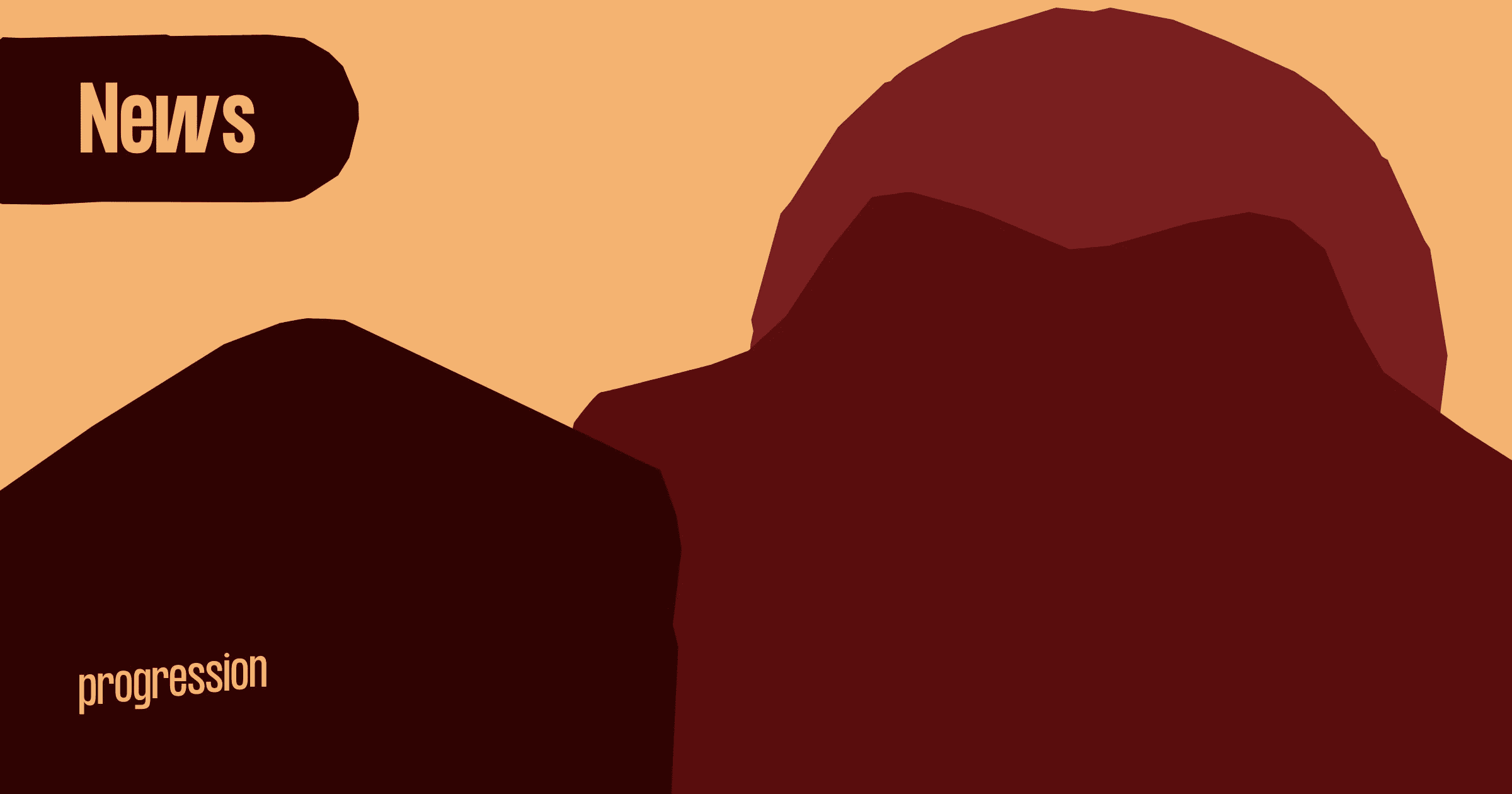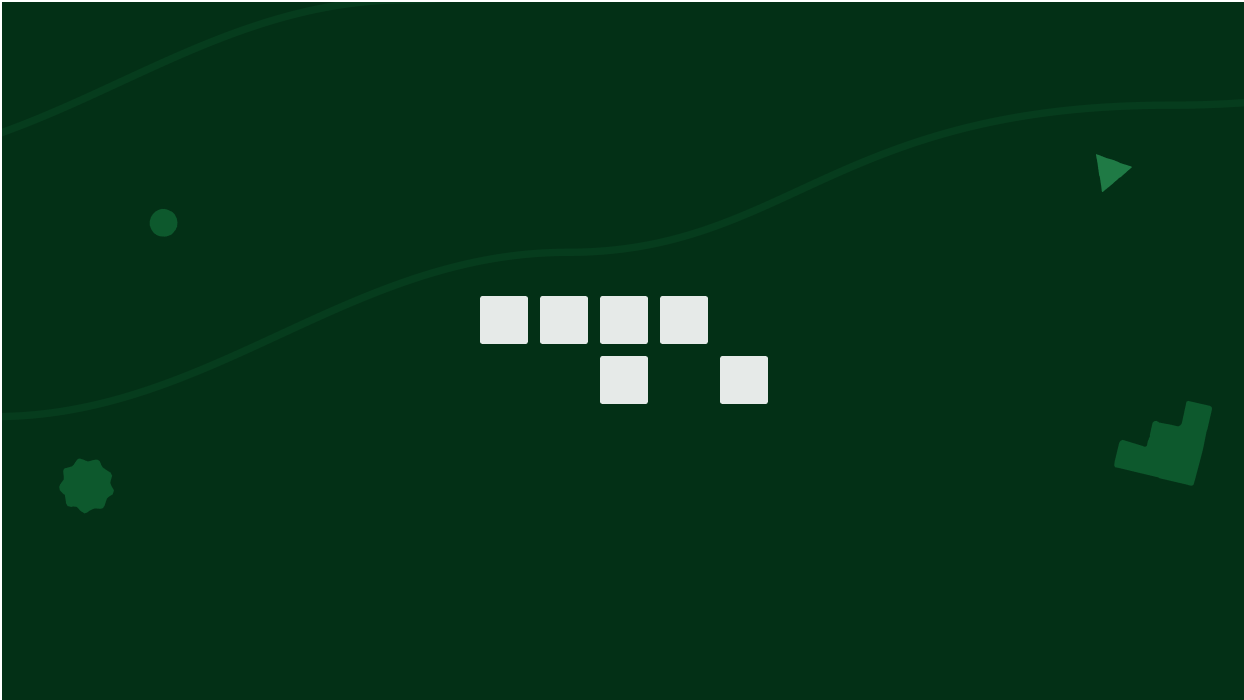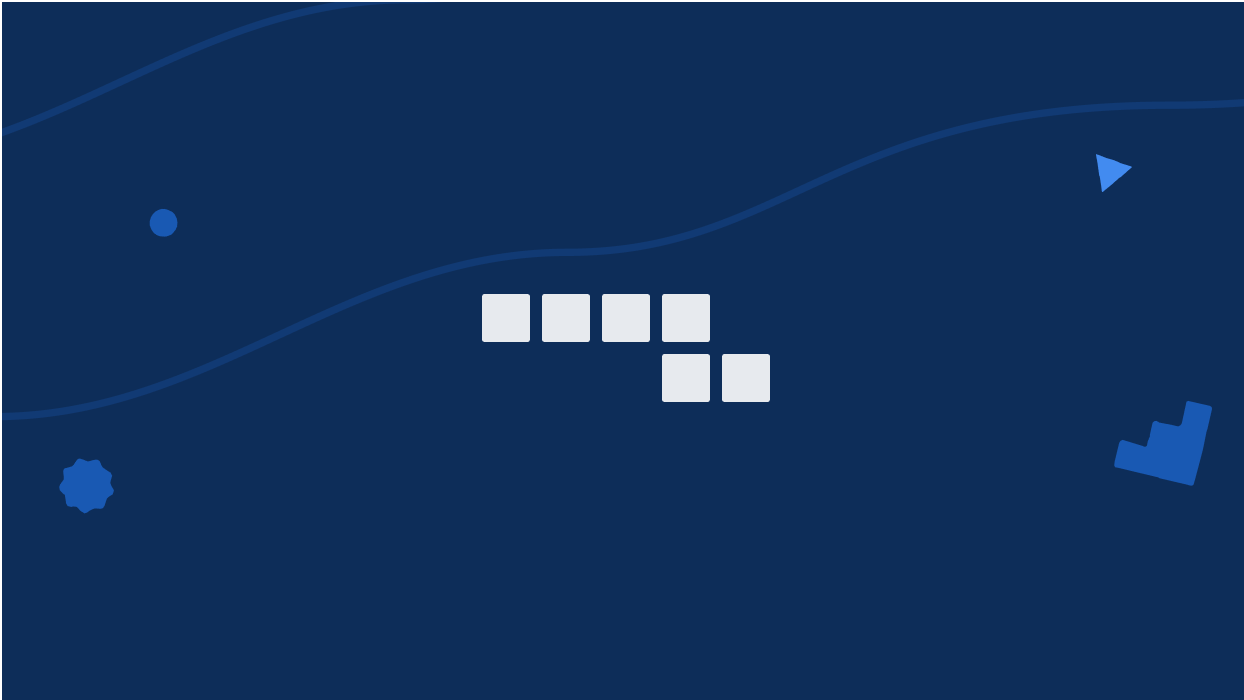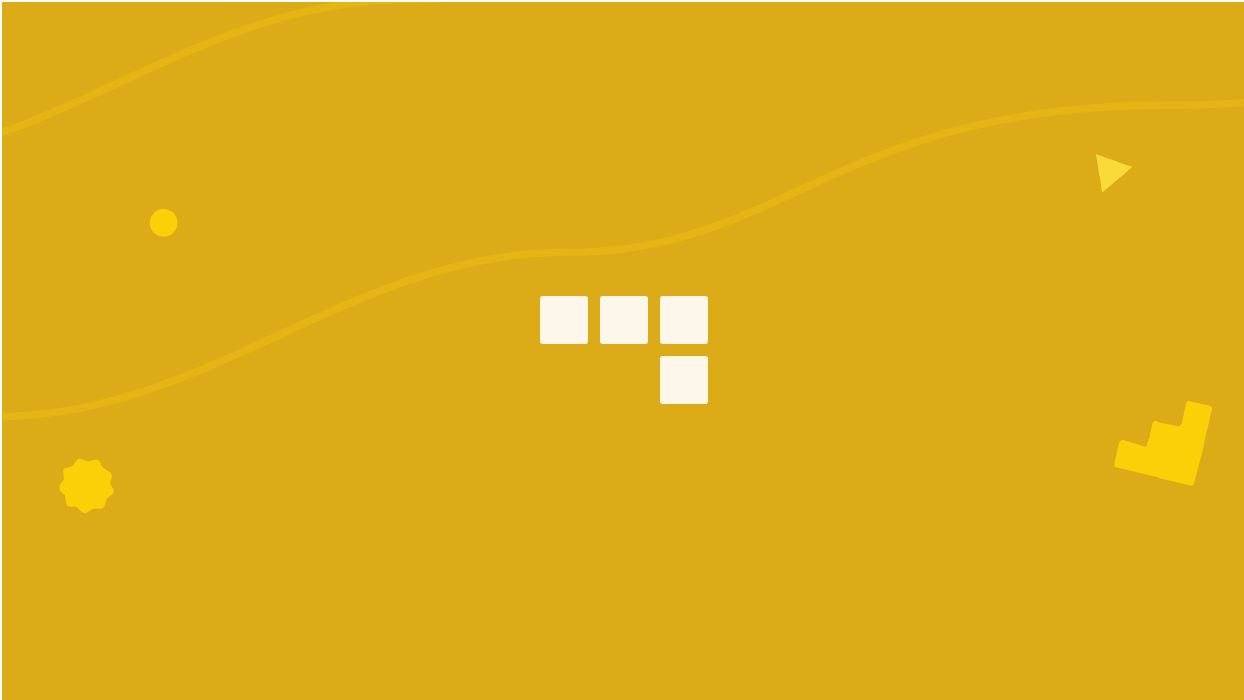Progression.fyi is the world’s largest repository of career progression frameworks. The focus is on design and engineering teams, with some examples from big name companies like Monzo and Buzzfeed.
The frameworks range in style, detail and format - from pdfs and excel spreadsheets, to Trello boards and examples of career path frameworks built on the Progression app.
There is a focus on the breakdown of skills per level, which is important, especially in the development of more junior members of the team.
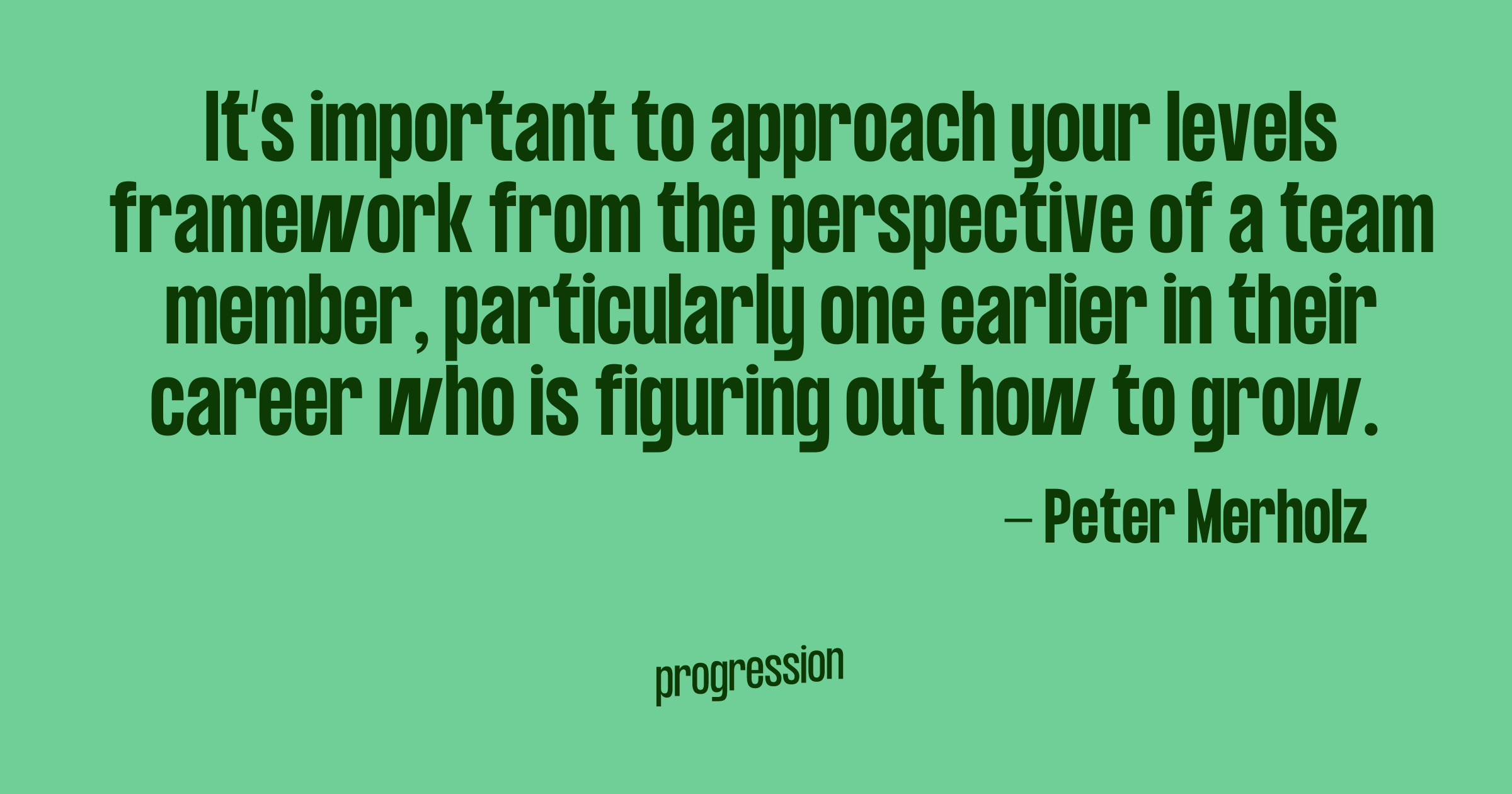
To help you choose which format is right for you, here are our three favourite examples of career progression frameworks for designers:
1. Intercom
Intercom’s progression framework is split into two disciplines:
- Product & Content Design
- Product Management
The design framework is further divided into an individual contributor (IC) track and a management track. Each option contains a guide on using the framework, as well as useful additional resources.
The frameworks are split into accountability categories (products and teams, execution, behaviours and results for the IC track; and people, product and behaviours for the management track).
The levels on offer are Associate to Senior Principal for IC and Design Manager Level 1 to Design Director for management. Each level contains bullet points of the requirements and expectations in a few sub-categories.
It might sound confusing, and there is a lot to process here, but overall it’s a useful document. As it’s built on Google Docs, it’s not the easiest to digest, but you can also access Intercom’s frameworks on the Progression app, which gives you a more interactive and navigable view of the content.
If you want to see a breakdown of competencies for a design team and how they fit into different levels of seniority, this framework should be helpful for you. You can also see how the Progression app can help you structure your framework, vs using something more static, like Google Docs.
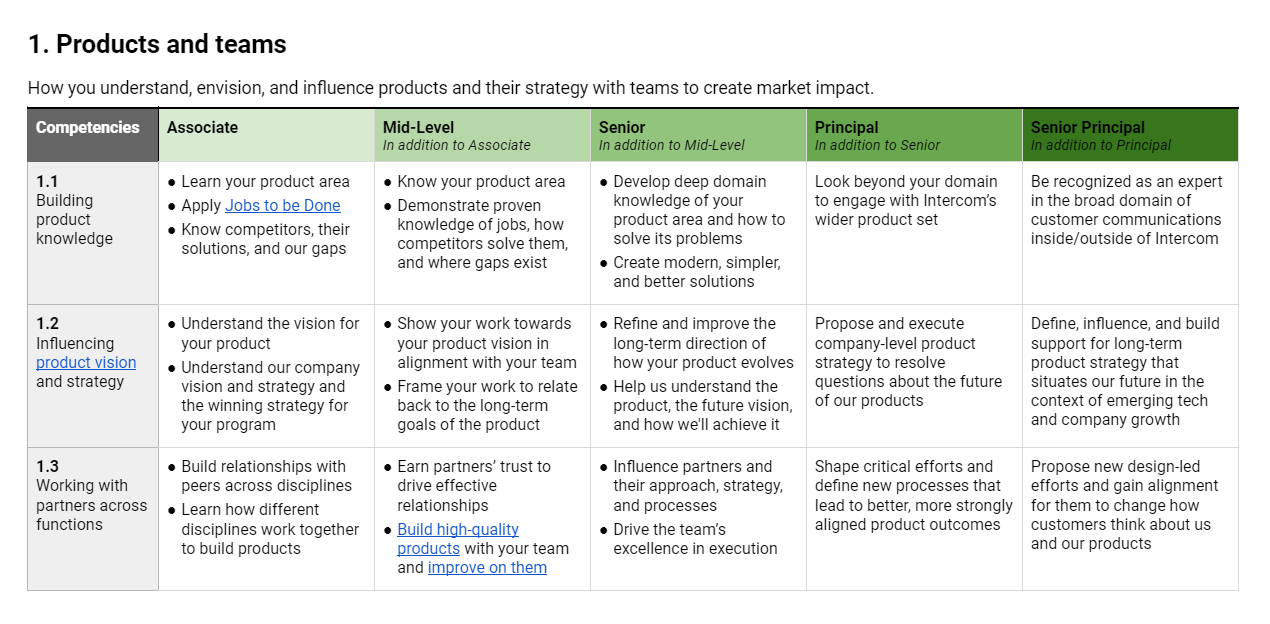
2. Peter Merholz
Peter Merholz, the author of Org Design for Design Orgs, knows his stuff. He presents a framework with a really clear split between the management and individual contributor tracks. It is built in Excel, so isn’t the easiest to navigate, but it contains a really detailed breakdown of the skills required at each level.
The big benefit here is that there is also a version designed for download, that you can adapt to fit your own needs.
It presents five levels (with no titles, so that you can decide what you want these to represent), and suggests what to include in the body of the framework. The elements listed are:
- Theme
- Title
- Achievements
- Scope
- Process
- People
- Cross-functional meetings
- Core skills
- Soft skills
- Leadership skills
Each element contains suggestions for content and what sort of grasp the person should have on the role responsibilities at each level.
There is also a useful blog post, explaining how to put a levels framework together.
If you want to learn more about Peter and his work around the best practices for designers and design managers, check out our interview with him on our podcast.
To view more examples of specific skills you can include in your framework, have a look at Progression’s skills library.
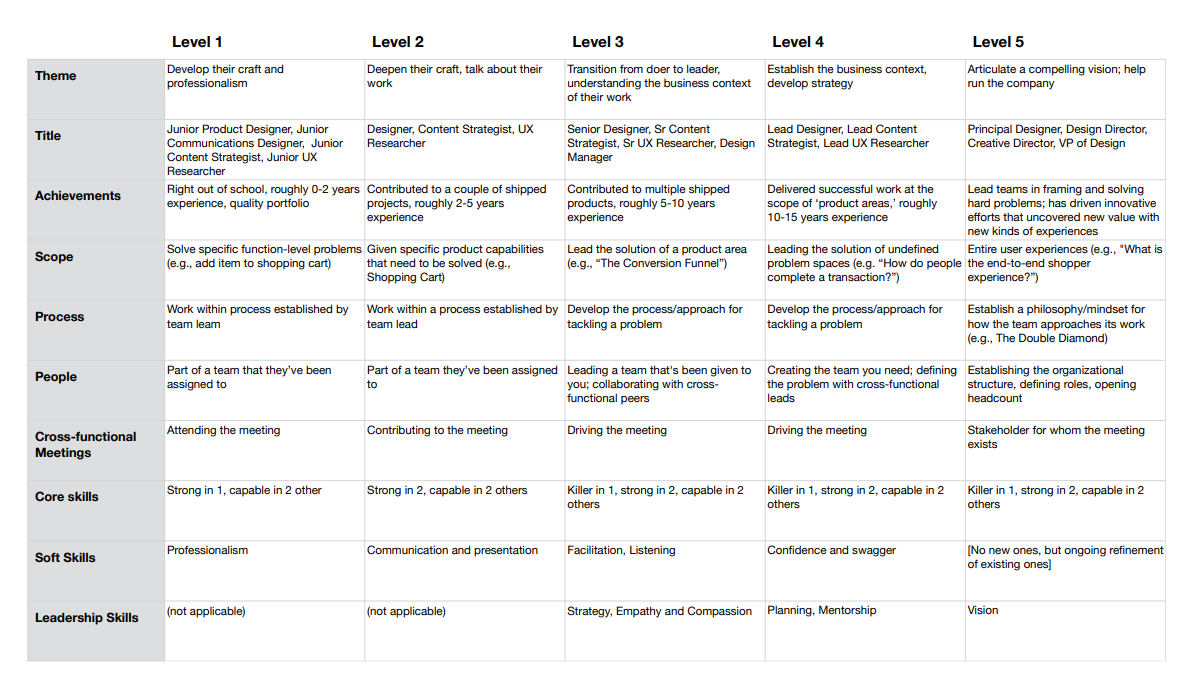
3. Clearleft
Brighton-based digital agency Clearleft are known not only for their work, but for their industry events as well, including UX London and Leading Design.
The team have been vocal about career progression for years, and their framework reflects their understanding of it.
There are two examples available here - one is built on trello, which is interesting as an example of what can be done on this platform. The structure is a little awkward, as Trello does not naturally lend itself to this sort of work.
The content itself is less a complete framework, and more a bunch of defined skills which people can use to create their own role definitions. They do have a breakdown of skill proficiency by level (from beginner to master) and there are helpful guides on using the framework, plus what’s been updated and who to contact with questions.
The other example on offer from Clearleft is a framework built on the Progression app. There is a similar breakdown of competency levels here - beginner, novice, intermediate, expert and master.
This version is split into specific disciplines - UX, Design and Research. Each discipline features a few examples of role levels and the breakdown of skills and competencies required for each one.
The information is presented in a really clear and digestible way and demonstrates how the Progression app can simplify the process of building your framework.
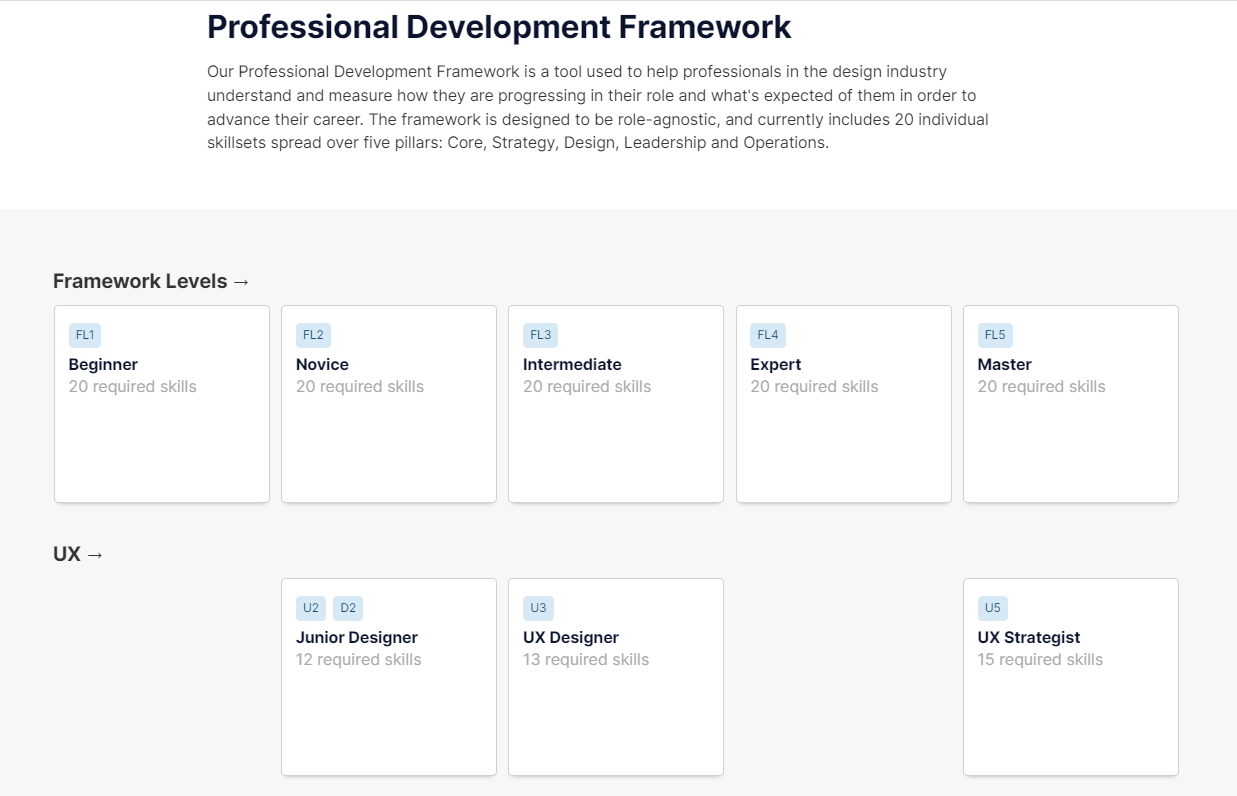
As you can see, there is more than one option when it comes to building a career progression framework for your team. Which one you choose mainly depends on your own preferences and the sort of work you would like to accomplish with your employees (for example, how much detail you want to go into regarding specific roles and disciplines).
For more insight into how to build a framework and how Progression can help you on your journey, check out our blog and library.

